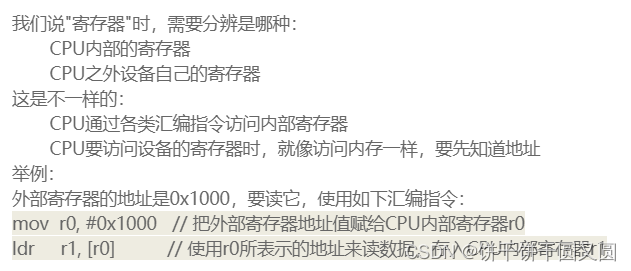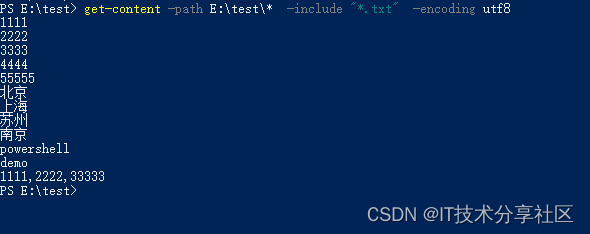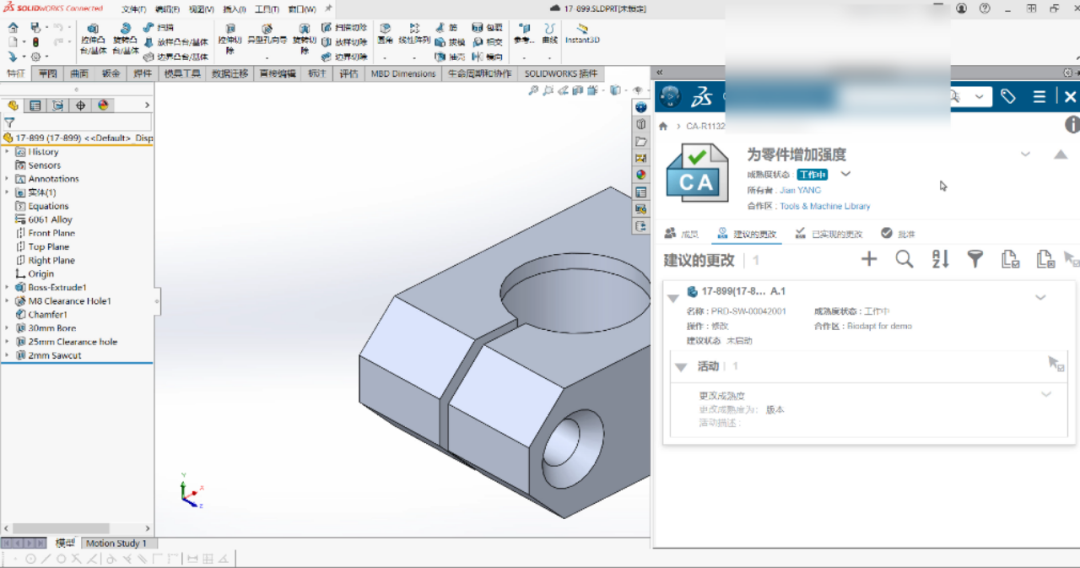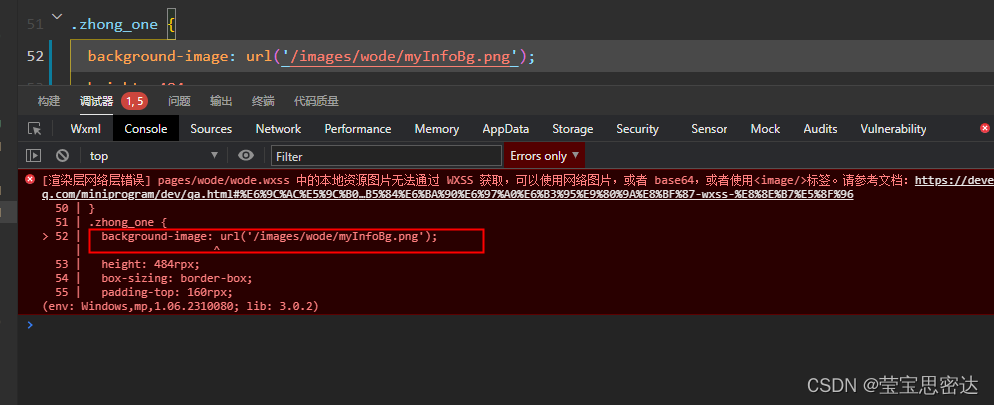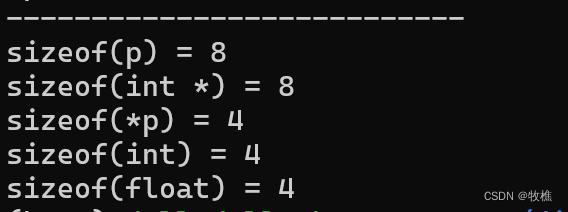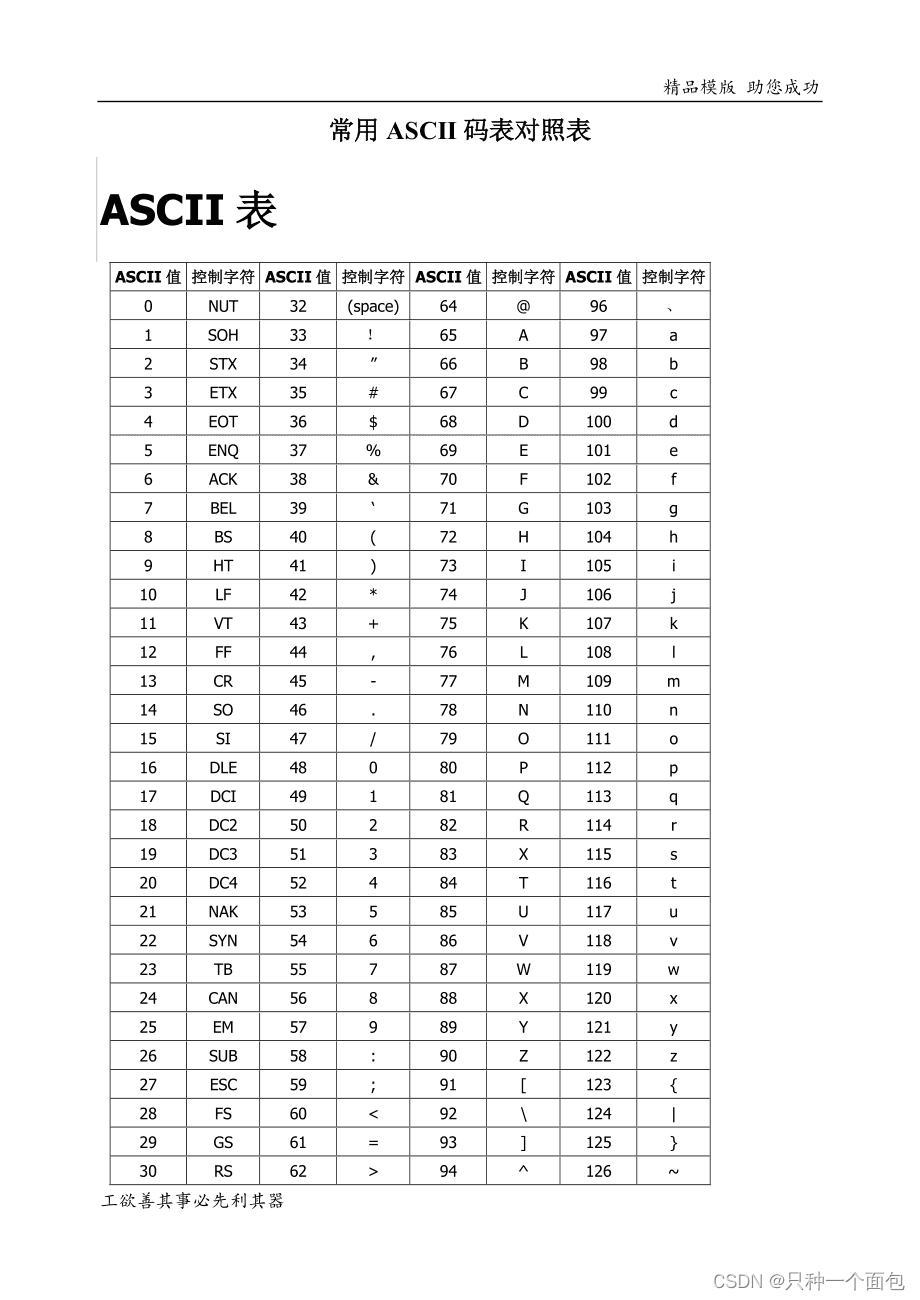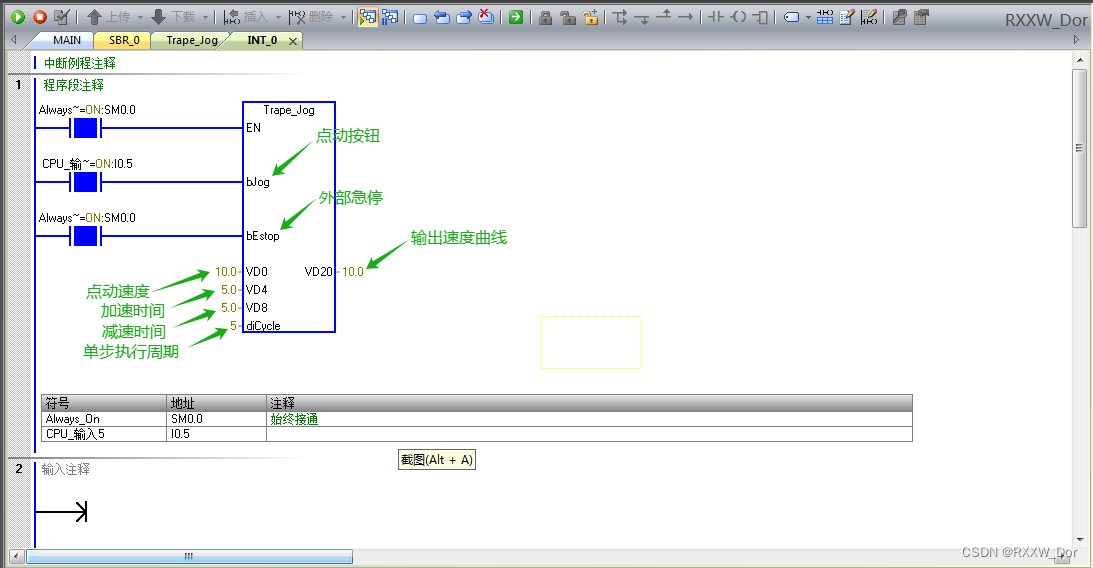1. 背景
最近在读《Java concurrency in practice》(Java并发实战),其中1.4节提到了Java web的线程安全问题时有如下一段话:
Servlets and JPSs, as well as servlet filters and objects stored in scoped containers like ServletContext and HttpSession, simply have to be thread-safe.
Servlet, JSP, Servlet filter 以及保存在 ServletContext、HttpSession 中的对象必须是线程安全的。含义有两点:
1)Servlet, JSP, Servlet filter 必须是线程安全的(JSP的本质其实就是servlet);
2)保存在ServletContext、HttpSession中的对象必须是线程安全的;
servlet和servelt filter必须是线程安全的,这个一般是不存在什么问题的,只要我们的servlet和servlet filter中没有实例属性或者实例属性是”不可变对象“就基本没有问题。但是保存在ServletContext和HttpSession中的对象必须是线程安全的,这一点似乎一直被我们忽略掉了。在Java web项目中,我们经常要将一个登录的用户保存在HttpSession中,而这个User对象就是像下面定义的一样的一个Java bean:
![]()
public class User {
private int id;
private String userName;
private String password;
// ... ...
public int getId() {
return id;
}
public void setId(int id) {
this.id = id;
}
public String getUserName() {
return userName;
}
public void setUserName(String userName) {
this.userName = userName;
}
public String getPassword() {
return password;
}
public void setPassword(String password) {
this.password = password;
}
}
![]()
2. 源码分析
下面分析一下为什么将一个这样的Java对象保存在HttpSession中是有问题的,至少在线程安全方面不严谨的,可能会出现并发问题。
Tomcat8.0中HttpSession的源码在org.apache.catalina.session.StandardSession.java文件中,源码如下(截取我们需要的部分):
![]()
public class StandardSession implements HttpSession, Session, Serializable {
// ----------------------------------------------------- Instance Variables
/**
* The collection of user data attributes associated with this Session.
*/
protected Map<String, Object> attributes = new ConcurrentHashMap<>();
/**
* Return the object bound with the specified name in this session, or
* <code>null</code> if no object is bound with that name.
*
* @param name Name of the attribute to be returned
*
* @exception IllegalStateException if this method is called on an
* invalidated session
*/
@Override
public Object getAttribute(String name) {
if (!isValidInternal())
throw new IllegalStateException
(sm.getString("standardSession.getAttribute.ise"));
if (name == null) return null;
return (attributes.get(name));
}
/**
* Bind an object to this session, using the specified name. If an object
* of the same name is already bound to this session, the object is
* replaced.
* <p>
* After this method executes, and if the object implements
* <code>HttpSessionBindingListener</code>, the container calls
* <code>valueBound()</code> on the object.
*
* @param name Name to which the object is bound, cannot be null
* @param value Object to be bound, cannot be null
* @param notify whether to notify session listeners
* @exception IllegalArgumentException if an attempt is made to add a
* non-serializable object in an environment marked distributable.
* @exception IllegalStateException if this method is called on an
* invalidated session
*/
public void setAttribute(String name, Object value, boolean notify) {
// Name cannot be null
if (name == null)
throw new IllegalArgumentException
(sm.getString("standardSession.setAttribute.namenull"));
// Null value is the same as removeAttribute()
if (value == null) {
removeAttribute(name);
return;
}
// ... ...
// Replace or add this attribute
Object unbound = attributes.put(name, value);
// ... ...
}
/**
* Release all object references, and initialize instance variables, in
* preparation for reuse of this object.
*/
@Override
public void recycle() {
// Reset the instance variables associated with this Session
attributes.clear();
// ... ...
}
/**
* Write a serialized version of this session object to the specified
* object output stream.
* <p>
* <b>IMPLEMENTATION NOTE</b>: The owning Manager will not be stored
* in the serialized representation of this Session. After calling
* <code>readObject()</code>, you must set the associated Manager
* explicitly.
* <p>
* <b>IMPLEMENTATION NOTE</b>: Any attribute that is not Serializable
* will be unbound from the session, with appropriate actions if it
* implements HttpSessionBindingListener. If you do not want any such
* attributes, be sure the <code>distributable</code> property of the
* associated Manager is set to <code>true</code>.
*
* @param stream The output stream to write to
*
* @exception IOException if an input/output error occurs
*/
protected void doWriteObject(ObjectOutputStream stream) throws IOException {
// ... ...
// Accumulate the names of serializable and non-serializable attributes
String keys[] = keys();
ArrayList<String> saveNames = new ArrayList<>();
ArrayList<Object> saveValues = new ArrayList<>();
for (int i = 0; i < keys.length; i++) {
Object value = attributes.get(keys[i]);
if (value == null)
continue;
else if ( (value instanceof Serializable)
&& (!exclude(keys[i]) )) {
saveNames.add(keys[i]);
saveValues.add(value);
} else {
removeAttributeInternal(keys[i], true);
}
}
// Serialize the attribute count and the Serializable attributes
int n = saveNames.size();
stream.writeObject(Integer.valueOf(n));
for (int i = 0; i < n; i++) {
stream.writeObject(saveNames.get(i));
try {
stream.writeObject(saveValues.get(i));
// ... ...
} catch (NotSerializableException e) {
// ... ...
}
}
}
}
![]()
我们看到每一个独立的HttpSession中保存的所有属性,是存储在一个独立的ConcurrentHashMap中的:
protected Map<String, Object> attributes = new ConcurrentHashMap<>();
所以我可以看到 HttpSession.getAttribute(), HttpSession.setAttribute() 等等方法就都是线程安全的。
另外如果我们要将一个对象保存在HttpSession中时,那么该对象应该是可序列化的。不然在进行HttpSession的持久化时,就会被抛弃了,无法恢复了:
else if ( (value instanceof Serializable)
&& (!exclude(keys[i]) )) {
saveNames.add(keys[i]);
saveValues.add(value);
} else {
removeAttributeInternal(keys[i], true);
}
所以从源码的分析,我们得出了下面的结论:
1)HttpSession.getAttribute(), HttpSession.setAttribute() 等等方法都是线程安全的;
2)要保存在HttpSession中对象应该是序列化的;
虽然getAttribute,setAttribute是线程安全的了,那么下面的代码就是线程安全的吗?
session.setAttribute("user", user);
User user = (User)session.getAttribute("user", user);
不是线程安全的!因为User对象不是线程安全的,假如有一个线程执行下面的操作:
User user = (User)session.getAttribute("user", user);
user.setName("xxx");
那么显然就会存在并发问题。因为会出现:有多个线程访问同一个对象 user, 并且至少有一个线程在修改该对象。但是在通常情况下,我们的Java web程序都是这么写的,为什么又没有出现问题呢?原因是:在web中 ”多个线程访问同一个对象 user, 并且至少有一个线程在修改该对象“ 这样的情况极少出现;因为我们使用HttpSession的目的是在内存中暂时保存信息,便于快速访问,所以我们一般不会进行下面的操作:
User user = (User)session.getAttribute("user", user);
user.setName("xxx");
我们一般是只使用对从HttpSession中的对象使用get方法来获得信息,一般不会对”从HttpSession中获得的对象“调用set方法来修改它;而是直接调用 setAttribute来进行设置或者替换成一个新的。
3. 结论
所以结论是:如果你能保证不会对”从HttpSession中获得的对象“调用set方法来修改它,那么保存在HttpSession中的对象可以不是线程安全的(因为他是”事实不可变对象“,并且ConcurrentHashMap保证了它是被”安全发布的“);但是如果你不能保证这一点,那么你必须要实现”保存在HttpSession中的对象必须是线程安全“。不然的话,就存在并发问题。
使Java bean线程安全的最简单方法,就是在所有的get/set方法都加上synchronized。
